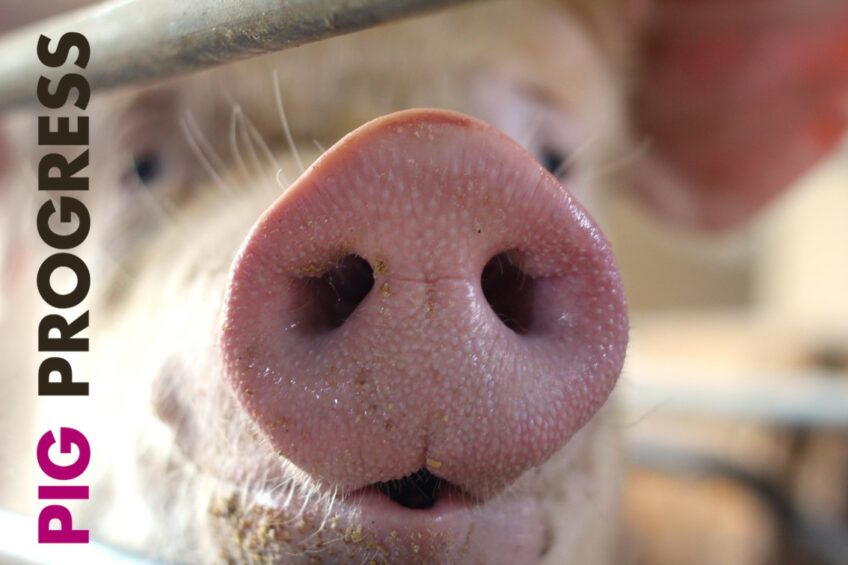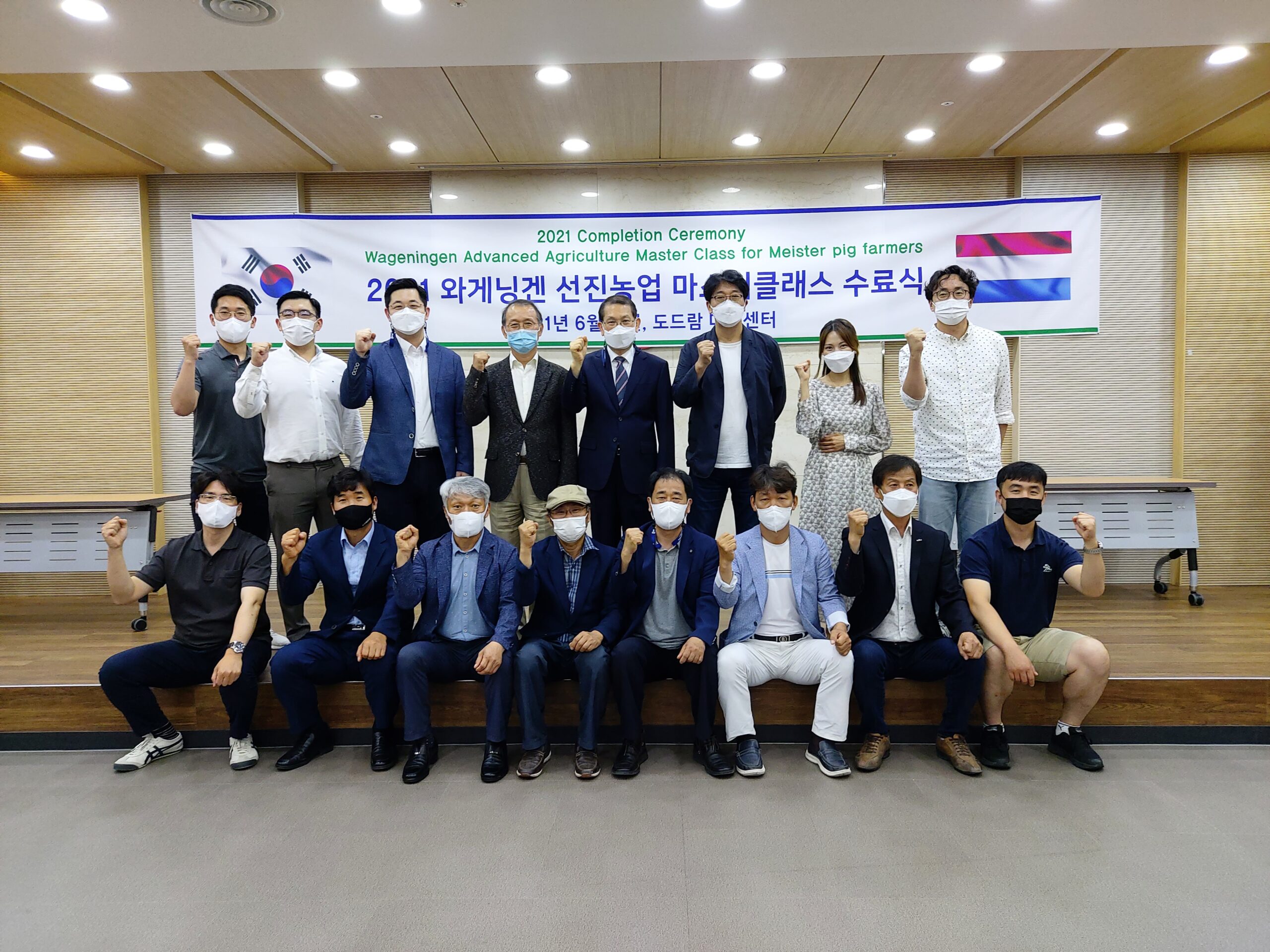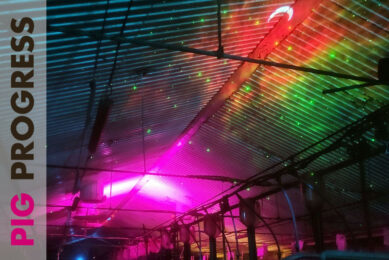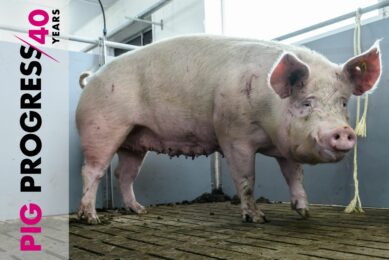Friends, fungi and fields in Pig Progress 1

The latest edition of Pig Progress is now online and explores the significance of a pig’s sense of smell and how it influences the animal’s behaviour. In South Korea, pig producers benefit from the help of a pig masterclass, and in France, a pig farmer has chosen to raise his pigs (just 10/ha) in an agropastoral system. This and more.
Interview: Searching for a solution to PRRS via genetics
PRRS virus has been a troublesome pathogen for swine producers for decades. In this interview, Dr Lucina Galina Pantoja, technical project director at pig breeder PIC in the USA, explains why and how a route through genetics might be a good a solution.
Column: Alphabet soup – the changing nomenclature and units in swine nutrition
Insights in animal nutrition change as science evolves. But according to swine nutrition and health expert Dr Casey Bradley, the evolving nature of swine nutrition demands a mastery of both the theoretical and practical aspects of these changes.
With a little help from friends overseas
While South Korea is advanced in many aspects, it could use some help when it comes to pig production. And so, Robert Hoste, senior pig production economist at Wageningen University & Research set up a masterclass for pig producers. This year, a 4th round commences. Two participants share how they benefitted.

How pigs perceive smells – tapping into new potential
How does a pig’s smell affect its behaviour? Researchers in Sweden aimed to find out more about pigs’ olfactory abilities, their reactions to odours, and the potential of using odours to enrich the lives of pigs.
Farm visit: Grazing pigs where dairy cows once roamed
A farmer in the southeast of France has chosen to raise pigs in an agropastoral system, which is a breeding method not yet very widespread in the country. The welfare scheme to which he adheres requires raising the pigs entirely in the open air, from weaning to slaughter at 12 months, with a maximum stocking rate of 10 animals per hectare. Pig Progress visited the farm to find out more.

Benefits of optimising feed protein for sows and piglets
Diarrhoea in piglets can be prevented by reducing the amount of undigestible or crude protein in the feed, and in lactating sows, feed intake, milk production and piglet vitality can be improved by cutting the crude protein content of the feed. How can this be achieved?
Back to the basics: An introduction to mycotoxins
In recent years, the amount of information about mycotoxins has grown exponentially, and so in 2023, the comprehensive Mycopedia was published. This voluminous publication contains everything there is to know about mycotoxins. Its first chapter, which is explored in this article, discusses the bare basics.
Column: From the pig’s perspective
As we move forward in 2024 with the new Prop 12 legislation, a considerable amount of time has been spent rethinking the design and layout of current commercial production systems. Welfare expert Dr Monique Pairis-Garcia delves into a pertinent question: what would pigs actually prefer?











